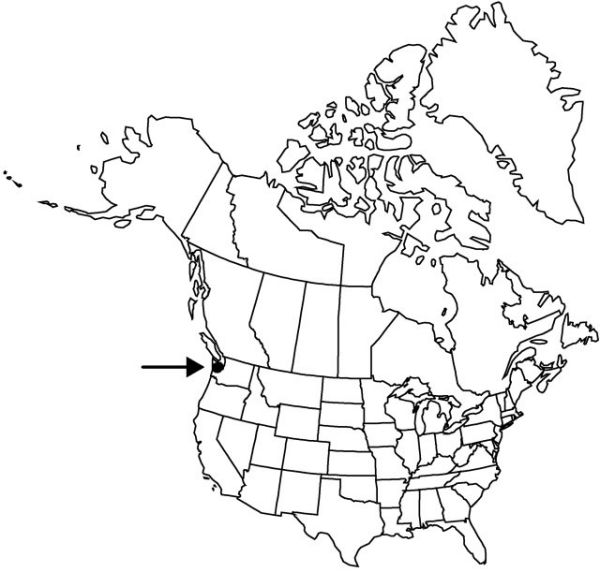Difference between revisions of "Erythronium quinaultense"
Syst. Bot. 26: 269, fig. 3. 2001.
imported>Volume Importer |
imported>Volume Importer |
||
| Line 47: | Line 47: | ||
|publication year=2001 | |publication year=2001 | ||
|special status= | |special status= | ||
| − | |source xml=https:// | + | |source xml=https://bitbucket.org/aafc-mbb/fna-data-curation/src/2e0870ddd59836b60bcf96646a41e87ea5a5943a/coarse_grained_fna_xml/V26/V26_254.xml |
|genus=Erythronium | |genus=Erythronium | ||
|species=Erythronium quinaultense | |species=Erythronium quinaultense | ||
Latest revision as of 21:14, 5 November 2020
Bulbs narrowly ovoid, 35–75 mm. Leaves 12–20 cm; blade green or faintly mottled with white or brown, lanceolate to ovate, margins ± wavy. Scape 12–25 cm. Inflorescences 1–3-flowered. Flowers: tepals white proximally, shading to pink at outer margins, darkest toward tips, with yellow band at base, lanceolate to narrowly ovate, 30–50 mm, inner with small auricles at base; stamens 12–24 mm; filaments white, flattened, slightly widened, linear to lanceolate, 1–2 mm wide; anthers yellow; style white, 10–18 mm; stigma with slender, usually recurved lobes 1–5 mm. Capsules oblong to obovoid, 3–6 cm. 2n = 48.
Phenology: Flowering late spring (May).
Habitat: Openings and rocky ledges in coniferous forests
Elevation: 500–900 m
Discussion
Erythronium quinaultense is a tetraploid species apparently derived from hybridization between E. montanum and E. revolutum. It is known only from the southwestern Olympic Peninsula.
Selected References
None.
